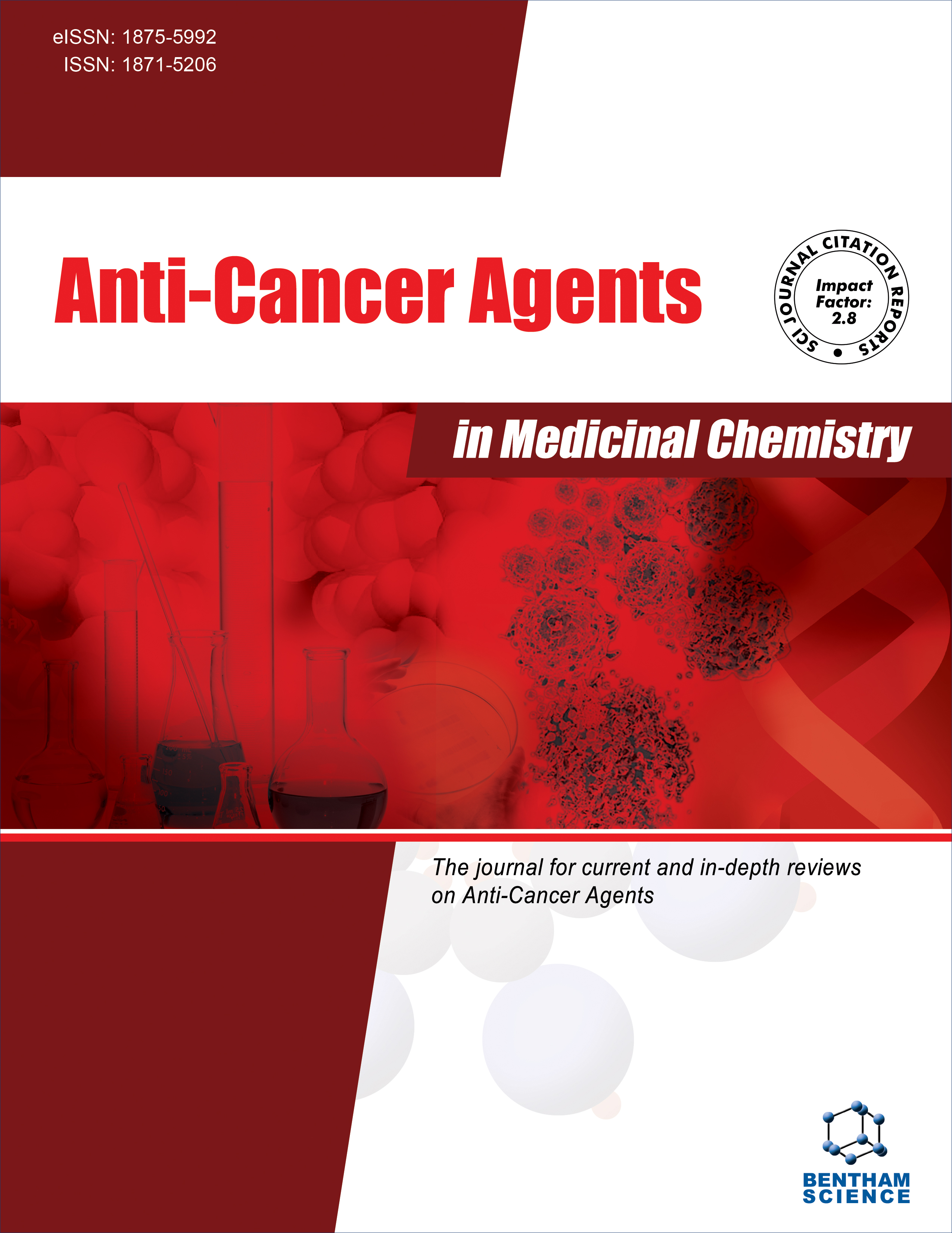
Full text loading...

Microbial metabolites represent a valuable source of bioactive compounds with promising anticancer properties. However, conventional drug discovery approaches are time-intensive and resource-demanding.
Recent developments in artificial intelligence (AI), machine learning (ML), molecular docking, and quantitative structure-activity relationship (QSAR) modeling have been examined for their role in the identification and optimization of microbial metabolites.
AI-driven approaches have significantly enhanced compound screening and prediction of therapeutic efficacy. Nanocarrier-based drug delivery systems have improved the bioavailability, specificity, and stability of microbial metabolites while minimizing systemic toxicity. Despite these advancements, challenges remain in clinical translation due to the lack of in vivo validation and comprehensive pharmacokinetic data.
This review highlights the integration of advanced computational tools and nanotechnology in accelerating the discovery and delivery of microbial-derived anticancer agents.
Future directions should focus on integrating AI with synthetic biology to engineer microbial strains capable of producing enhanced bioactive compounds. Additionally, leveraging nanotechnology could refine targeted delivery mechanisms. A deeper understanding of molecular pathways and drug resistance mechanisms is essential to support the development of combination therapies. Overall, microbial-derived compounds hold substantial potential in advancing precision oncology.

Article metrics loading...

Full text loading...
References


Data & Media loading...